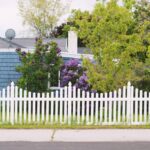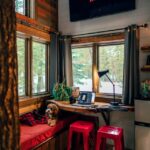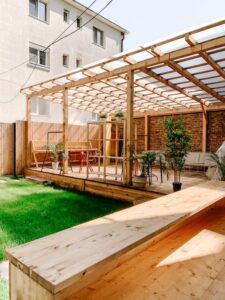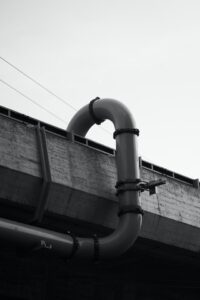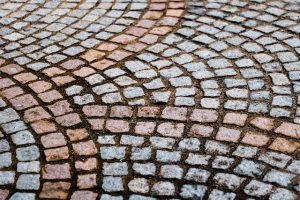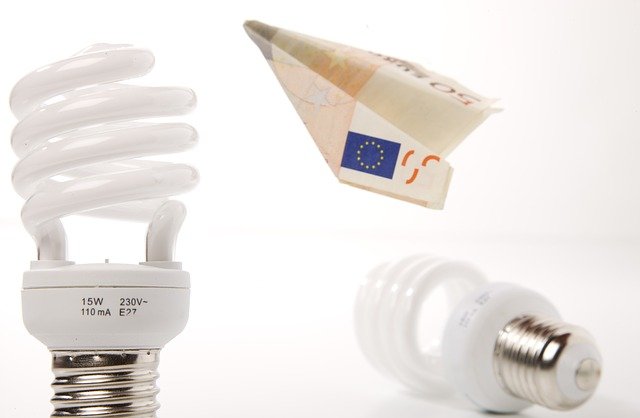
Tips for Conserving Energy in an Older Home
As housing costs have continued to rise around the country, more young families have begun turning to older homes in small towns and rural areas — some desperately in need of repairs — to realize their dreams of homeownership. There is no denying that many older homes have charm and character that newer structures can’t replicate. However, there are also some drawbacks to owning them. One of those is a common lack of efficiency. If you find yourself dealing with an inefficient older home, try using a few of these tips to keep energy use under control.
Fill Gaps Around Doors
Doors are one of the most common sources of air leaks in older homes. While wood entry doors can be beautiful. they are rarely good at dealing out extreme temperatures. Look for door weather stripping kits that seal leaks. Spray foam insulation can also be used around the jambs to fill in larger gaps. Be sure to use a product specifically designed for the applications to avoid causing bowing that could make your door unusable.
Seal Drafty Window
Old houses are often outfitted with single pane windows that have no insulting factor. If it is cold outside, that cool air will transfer directly through the sheet of glass. If you haven’t already done so, install caulking around windows to create a physical barrier against the elements. Covering windows with insulating drapes or plastic film during the winter is another effective strategy for reducing drafts.
Update HVAC Systems
Heating and cooling is the largest source of energy use for the majority of American households. Older and inefficient HVAC systems can exacerbate those costs, which is why upgrading your home’s heating system can have a big impact on its efficiency levels. Look for units that are suitable for your climate and the size of your home for the best results.
Add Insulation
While most modern insulation will last for decades or longer, older homes may not have that advantage. Natural materials, such as wool and straw, were often used to help keep houses comfortable. Over time, these materials degrade and become less effective. Assess the current insulation levels and add more where it is needed. Learn about the different types before you head to the store so you can choose one that is right for your application.
Older houses have many redeeming qualities but, unfortunately, energy efficiency is not usually among them. Using strategies like increasing insulation, selling out air leaks and updating HVAC systems can help make even the draftiest of old homes more efficient and comfortable.




